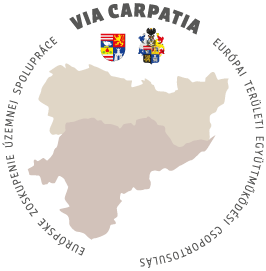There was once a laboratory where curious people mixed a strange elixir. They took a bit of archaeology, mixed it with photography in a mortar, grated in the architecture, mixed adrenaline with sports, and then heated it all up 360 degrees with curiosity. That’s how URBEX – Urban exploration was born. It is discovering the sometimes already known with a changed face. This is the discovery of objects such as catacombs, old disused buildings, sewers, disused factories, rooftops, crumbled churches, dead hospitals, tunnels or bridges. Some enthusiasts search for the remains of old machines or technologies. They admire what once served perfectly and now remain dead due to time or someone´s conduct. Why? This question is actually the method of every ex-urbexer. Almost all of them are photographers and videographers, editors and producers. At the same time, they are professional slickers and sprinters, especially when they are caught flat-footed. Come and look for interesting exteriors or interiors in abandoned buildings. Get into inaccessible places and post them on the net. For the serious Ex-Urbexer, however, there is a rule of honour: “Take nothing but photos, leave nothing but clues”. It is unacceptable to take anything out of the visited objects or to deface them. Rather, point out the values of the abandoned items, capture them in time and initiate their recovery. As an Expert or Ex-Urbexer, we offer you a list of what you could do to get started, all as a part of the training process.
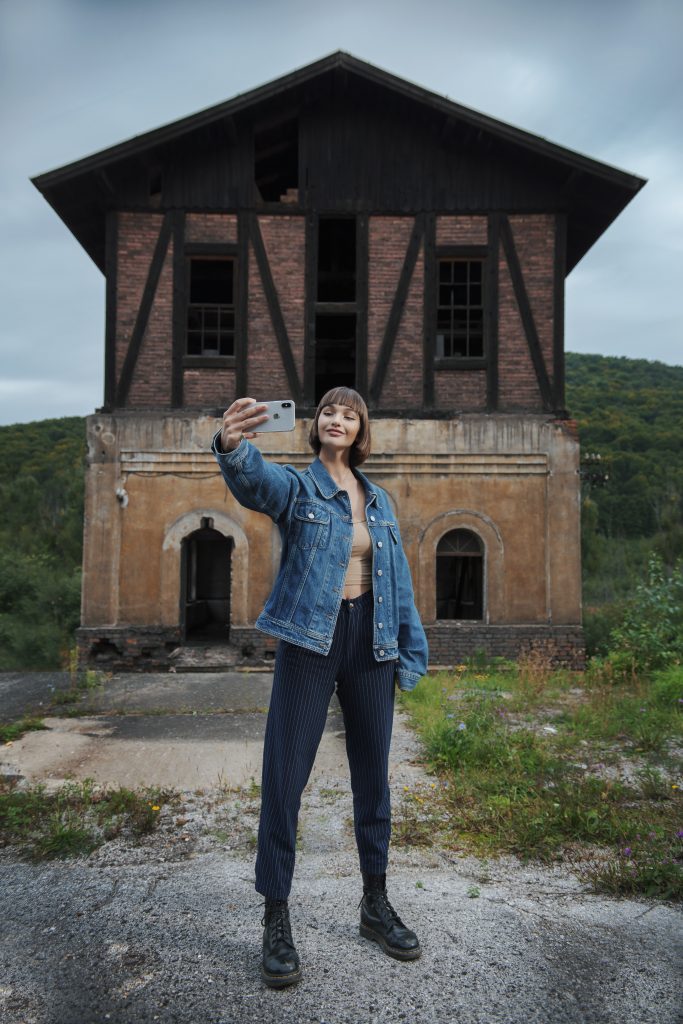
1. Take a picture as an „urbex hunter“
Huta Etelka
The world is moving forward. Even photographs are not what they used to be. You’re crying over the past, aren’t you? We don’t blame you; it’s just your phone taking slightly different photos than the Flexaret shutter used to click.
Speaking of nostalgia, there are plenty of old and interesting places where you won’t meet a living soul. Just a few years ago, values were created and human destinies were being written here. Today, due to time and irresponsible architects of other people’s destinies, they have lost their meaning. Nevertheless, the mystery and excitement stayed. Unusual, abandoned, ruined and half-decayed old buildings are worth a moment of attention and a moment of suspense. Neglected and dilapidated, overgrown with shrubs or covered with rubbish, they attract like a magnet. You need a mobile phone, a torch, good shoes, a partner and patience. The result will be unforgettable memories and Insta-photos. Become an urbex-hunter. If you’re not scared, the first one on your bucket-list will be Etelka.
The old blast furnace is the most beautiful preserved smelter in Slovakia. It reaches 11 meters of height and iron had been smelted in it until 1907. The iron heart of Gemer and a living monument to Count Emanuel Andrássy from the second half of the 19th century was prosperous in its heyday, feeding half of Gemer. Today, only the smelter building with the blast furnace has been partially preserved. It is still deteriorating; you need to hurry to capture its original form. It will surely change in the coming times: either it will fall down completely, or it will be rescued and repaired by enthusiasts.
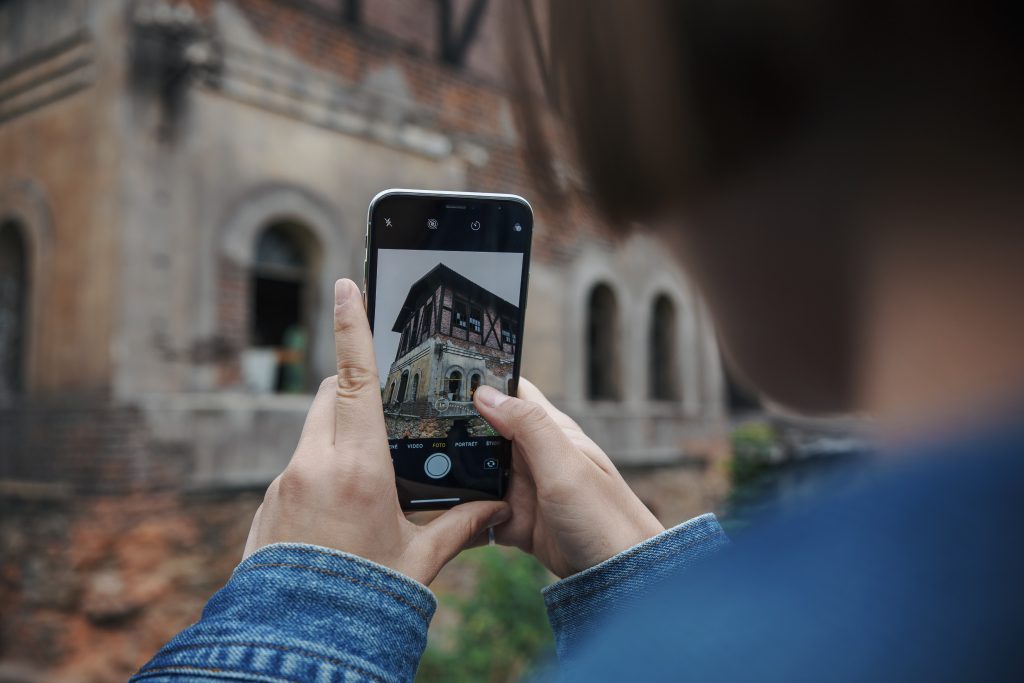
2. Find the lost smelter
Štefánska huta
Are you still curious and do you feel like going in? I mean, you love adventure. That’s why you’ll love Urbex, especially the sepulchral silence, the mysterious sounds and the unrepeatable atmosphere. That’s what another Urbex place will offer you – this time in Spiš. Find the lost smelter and discover the moment hunter in you. Go to Kluknava to the local part of Štefanská Huta, where the first factory in Europe with electrolysis of copper, silver and mercury was built in the past centuries (18th-19th century). The factory was built next to a smelter that processed mined ore from all over the surrounding area. Count František Czáky was serious and so he added shaft furnaces and the small ironworks operated until the end of World War II.
The administrative building and the factory itself, which was once reached by a cable car, have been preserved to this day. They are in a deplorable state and are close to extinction. Catch a piece of history, but only with your eye and your camera. Leave the stones in place and enjoy the wooden covered bridge from 1832, which was part of the area. It is still standing here in full beauty and functionality nowadays, just treat it and honour it with your own feet.
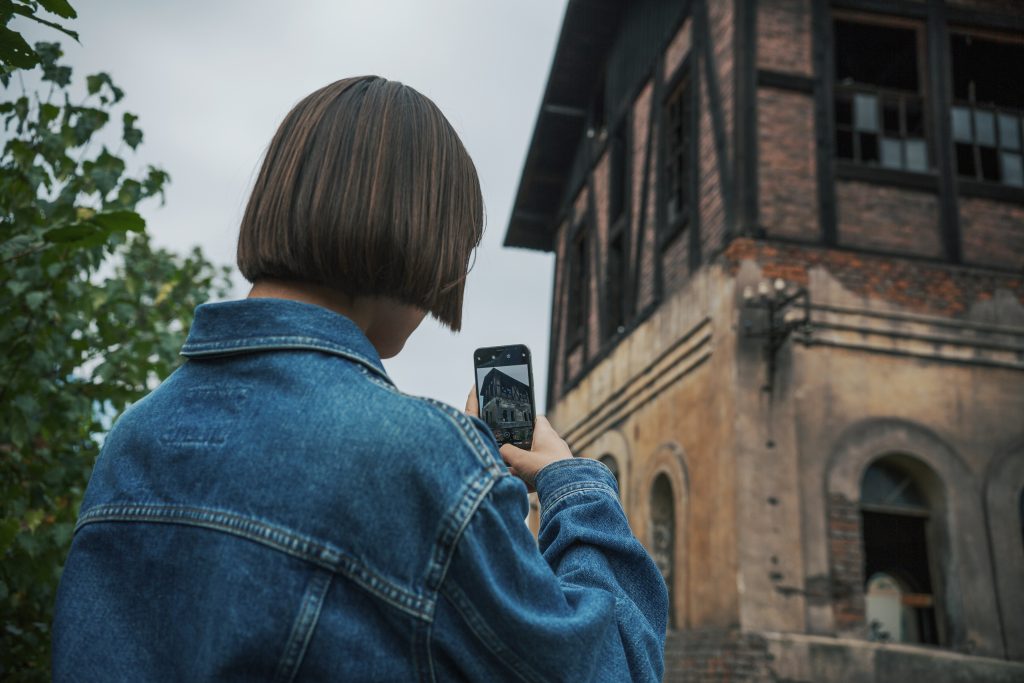
3. Cross the dark tunnel
Slavošovský tunnel
Can you feel it now, that voice that echoes inside you while exploring abandoned objects? Do you have pleasant feelings or fear? Were you startled by a mouse or a bat? That’s what they like, such a peculiar atmosphere: dark, damp, cold… The 2,400-metre long old Slavošovský railway tunnel will give you an unusual adrenaline experience, because you never know what you will encounter in the underground. You will walk through it in the dark and with dry feet. You can’t see anything and yet you enter the centre of the earth, where the human foot seems to have entered only once, just when it was digging the tunnel. You walk for an hour and lose track of time and place.
The Slavošovský Tunnel is also called the Tunnel under Homôlka. It was built in 1941 as a reaction to the change of the borders of Slovakia during the Second World War. The railway tunnel was supposed to connect the Gemer regions, which were cut off from the world by the state border. It was not broken through until 1944, but as the war ended a year later, the tunnel was never used and there were no practical reasons to run the line. So, are you coming? Maybe we can convince you with a tale you’ll come across from one side of the tunnel. After all, Slavošovce was the home of our greatest storyteller – Pavel Dobšinský.
Slavošovský tunnel on the map.

4. Discover “little Budapest” in Slovakia
Ironworks in Drnava
It is as if the Eastern Slovak Urbex was related only to mining and metallurgy. Let us hope that we will not see the Urbex also in the form of the abandoned ironworks in Košice. That would probably turn the whole of Košice into an urbex. But ohh! Away from such an idea; we will now offer you a pleasant urbex of little Budapest. You have to discover one of those in the south-east of our region, just on the edge of the world. There, too, many ages ago, they discovered a competitive discipline – mining. Who will survive? Who will survive better? It is a hard but fair game with nature and an unfair one with the financial market.
Underground sport has a centuries-old tradition in Drnava, especially the important iron ore deposits. The Szontágh family exploited them in the middle of the 17th century and in the beginning of the 18th century they were bought by the Andrássy family. On the site of the original iron workshops, they built ironworks – allegedly the most productive in the whole of Hungary. Not surprisingly, orders poured in from the most famous towns of England, Germany, the Czech Republic and Austria. Orders for the railings on the Danube pier and the candelabras of the great cities became memorable. Certainly the most famous is the chain bridge connecting Pest with Buda – the so-called “Lánchíd” in the Hungarian capital. The Drnava foundry (Dernői vasgyár) was praised for its quality by Emperor Franz Joseph I himself, who, satisfied with the work of the Gemer metallurgists, called Drnava Kispest, i.e. Little Pest.
Nevertheless, the famous ironworks gradually declined and was closed at the beginning of the 20th century. The Dionýz mine was still being mined until the 1950s. Get to know the place where the genius loci have remained. Of course, get to know also part of the foundations and, in particular, the footprints in the landscape. All it takes is a bit of peace and imagination to discover it all and turn it into memories.
Ironworks in Drnava on the map.

5. Find the manor house in the wilderness
Manor house Skároš
When you’re urbex-positive, you know that almost any door you want to get to is irresistible. In Skároš, on the Slovak-Hungarian border, you don’t have to open the gates anymore. Time, disinterest and the irresponsibility of those in charge have forced them open. The once charming late 19th-century manor house was the seat of the noble Fekete family. The architect Arpád Jakab designed the curia with sensitivity and creativity, as well as other buildings in Košice, including the famous Jakab Palace.
The manor house in Skároš lies in the centre of the village and was still functional in the early 1990s. It is incomprehensible to watch it gradually crumble. When the roof buckled, the fight for time began. However, those who want to save the manor house are losing and by the time the property dispute over the manor house is over, it will be a ruin. The shot hunters thus have not only an opportunity, but literally a task; to fight their way through the thicket and forest of branches to the inside. There awaits no Sleeping Beauty, but an image of the present day, cursed in the brick and stone of the former manor house.
Skároš manor house on the map.
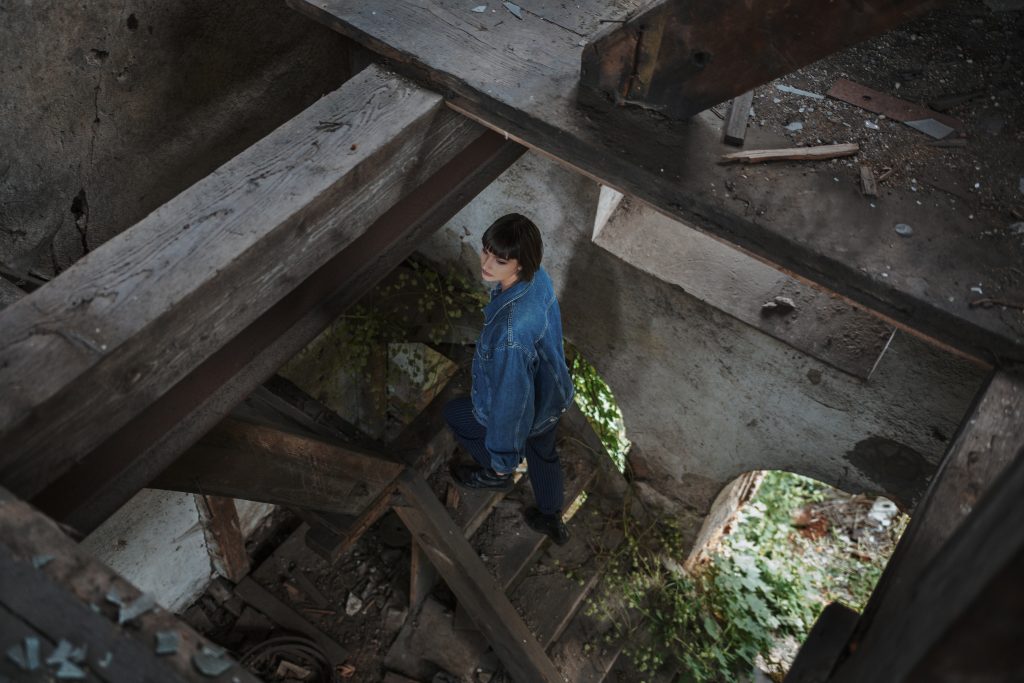
6. Bathe yourself in history
Sobranecké spa
The oldest document about “Slovak Karlovy Vary” dates back to 1336. Of course, the annals do not refer to the spa by this name, but simply as the Salty Healing Wells of Zemplín. Other records speak of the treatment of the poor or rheumatic diseases. Around 1800, there were as many as 42 guest rooms and skin diseases were treated here as well. The interest of the guests was so great that they had to stay in rented houses in the surrounding villages. Unfortunately, the spa was destroyed in the First World War, so Count Staray sold it to a joint-stock company. The company partially restored them, but after the Second World War the spa facilities were completely looted. It was not until 1960 that the local national committee restored the spa. However, even the great fame and importance of the mineral water was not enough for the spa to survive and so in 2004 it finally closed down. Whether for real and forever, that is what is being discussed in these months and years. We shall see, but in the meantime, you run, bathe in ancient and recent history and catch what will surely not be true in a few years. And when you see the water welling up from under the earth, at least water your hands, you’ll be feeling them for the sulphur for a good long while.


















